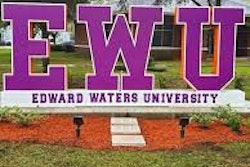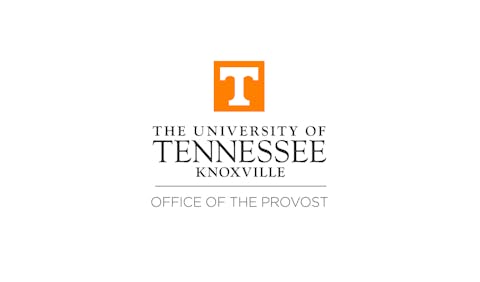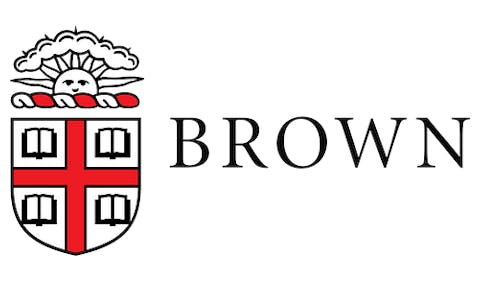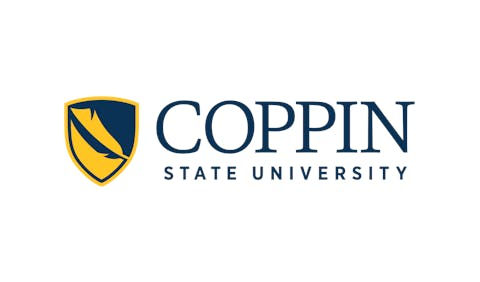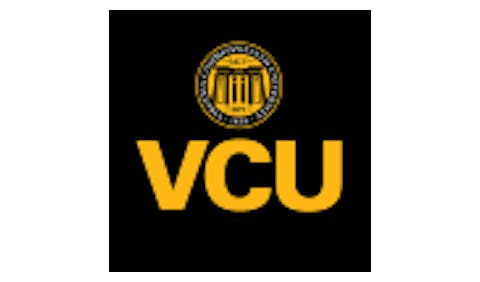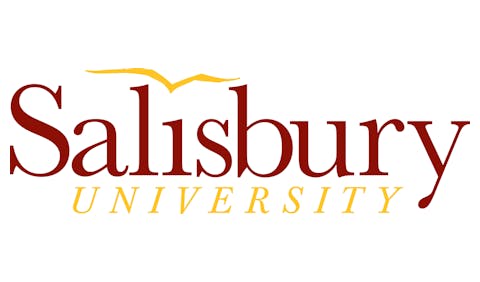 Dr. Jasmine Haywood
Dr. Jasmine Haywood
In its 2021 report HBCUs Transforming Generations: Social Mobility Outcomes for HBCU Alumni, UNCF, (the United Negro College Fund) detailed the Move into Middle Class+ mobility rate and its efficiency as a measure of social mobility for Black students at HBCUs.
Many HBCU students are first-generation college students and many are Pell Grant recipients from low income families. Social mobility has become a focal point in measuring and understanding the return on investment for students and their families.
“Earlier this year, Lumina rolled out a new goal … and at the heart of that new goal is credentials of value,” said Dr. Jasmine Haywood, strategy director, credentials of value, the Lumina Foundation. “By 2040, we want 75% of working age adults to hold a quality credential that leads to a good job. The rollout of this new goal represents a deliberate evolution … in thinking about educational attainment. … Ensuring that a post-secondary degree delivers on real value in the labor market, especially for the students that we care most about so that it leads to a more just society.”
 Julian Thompson
Julian Thompson
Julian Thompson, senior director of strategy for UNCF’s Institute for Capacity Building, is aware that all of higher education is under attack from a values perspective, and this must be thoroughly addressed or it will have significant impact on government, philanthropic, industry and corporate decision making.
“As a strategy, we at the Institute for Capacity Building are paying great attention to where decision makers, those with power and influence, are placing their attention,” said Thompson. "These types of movements and engagements can start to galvanize opportunities for HBCUs that are engaged and aligned."
Haywood said when she thinks about engines for social mobility, her thoughts go immediately to HBCUs. As a funder, she envisions HBCUs working collaboratively with each other, noting, “Collaboration is a force multiplier when it comes to thinking about things like scale and impact.” Lumina has seen growing momentum in terms of HBCUs forming consortia, regional networks and sharing resources, and has supported cross-institutional work.
“I have funded for the past five years a body of work called the HBCU Adult Learner Initiative, which is focused on five HBCUs in North Carolina,” she said. “These partnerships not only strengthen the HBCUs themselves but really create rich learning experiences and important pathways for students, especially when it’s paired with things like employer engagement.”
Haywood sees UNCF as a cornerstone of the HBCU ecosystem, providing critical infrastructure for HBCUs in the form of financial, human infrastructure and strategic infrastructure that enables HBCUs to operate with greater agility and scale. She mentions UNCF efforts such as the Career Pathways initiative and the Institute for Capacity Building that led to improving success outcomes, modernizing data systems at HBCUs and deepening partnerships with employers.
Thompson said those who work at the Institute for Capacity Building wake up every day thinking about the future of HBCUs. This includes the systems, professional development, innovations, strategies and partnerships that can be engaged in to further their mission.
“As part of that work, we’re trying to build an understanding of how HBCUs are perceived within the national context because that helps inform the spaces and places they ought to invest in that can really help them be successful,” said Thompson.
"The Career Pathways Initiative worked with 24 institutions and through that work, which focused on understanding what practices, initiatives and approaches they should take on with greater commitment, the effort demonstrated that social mobility is in the DNA of how many HBCUs cultivate their mission, systems and how their faculty and administrators engage with students and other communities," Thompson added.
Carnegie Classifications and national rankings are now including points akin to return on investment (ROI) in their considerations. This shift, said Haywood, creates a more equitable picture of institutional performance, especially for HBCUs. Lumina supported the American Council on Education (ACE) in its work around redesigning the classifications system.
For the last three years, ACE has worked to develop a classification that is more directly focused on student success. ACE collaborates with the Carnegie Foundation to manage and evolve the Carnegie Classifications. The new classification, the Student Access and Earnings Classification, was released this spring.
“While it is not precisely an ROI measure, the classification identifies the extent to which institutions provide access to students from lower socio-economic and historically underrepresented racial/ethnic backgrounds along with the degree to which an institution’s students go on to earn competitive wages in the context of their geographic location,” said Sara Gast, deputy executive director, Carnegie Classifications, ACE.
“Our primary goal with this classification is to identify those institutions that provide high levels of access to students and where students go on to earn significantly more than their peers in the labor market,” she continued. “We know the Carnegie Classifications have driven some decisions and institutional behavior in the past, and we are intentionally building on that with this new classification to encourage practices that most benefit students.”
Thompson also emphasized this point, saying discussion of higher education value must be reframed to include the amount of students an institution serves who otherwise would not have access to higher education. Revisions of the Carnegie Classifications allows for a more holistic view of the value of institutions.
“When we look at HBCUs through the lens of our Student Access and Earnings Classification, we see that not only are HBCUs providing tremendous levels of access to students — far greater than most other institutions — but that at most HBCUs, students go on to earn at least as much if not more than their peers in the local labor markets,” said Gast.








